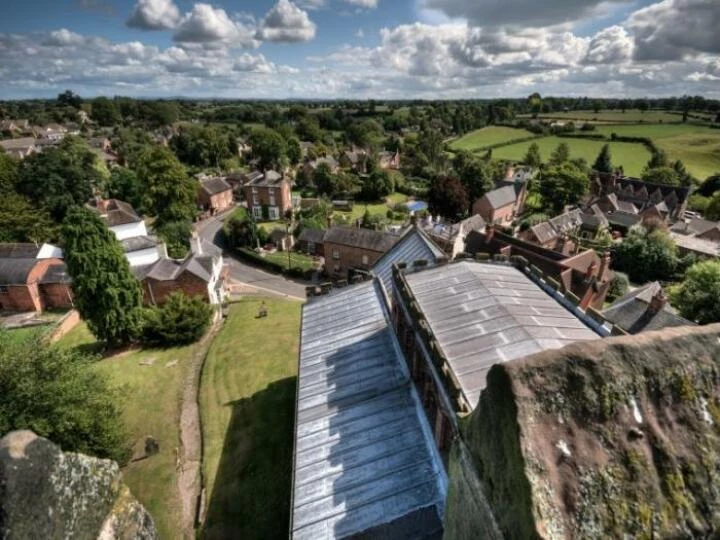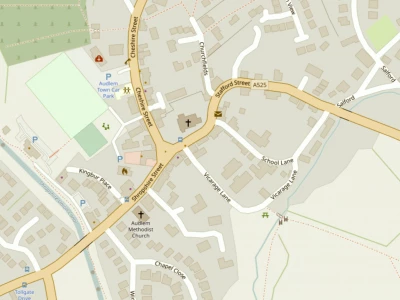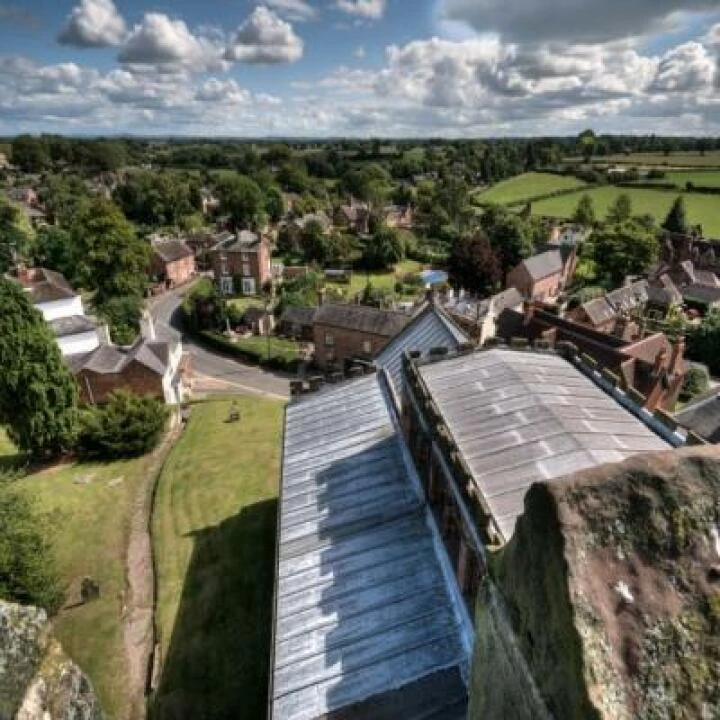
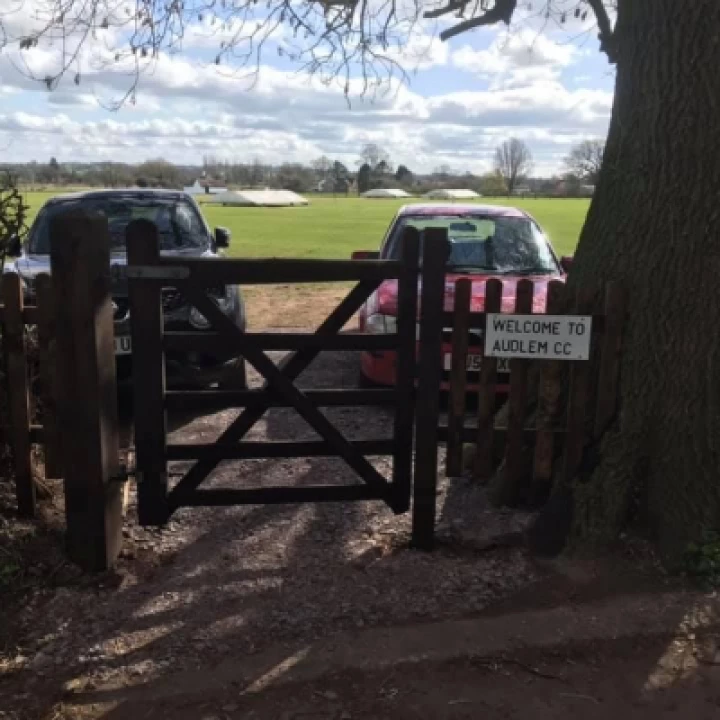

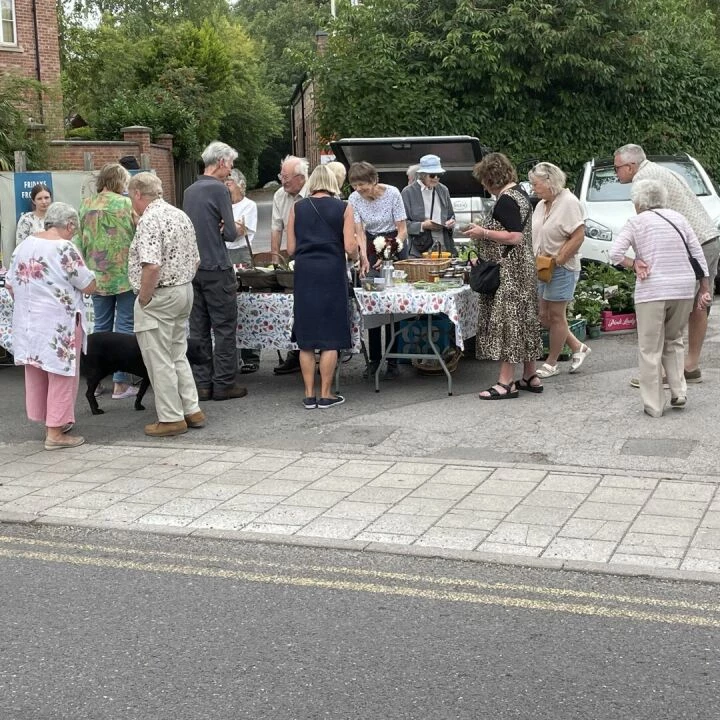



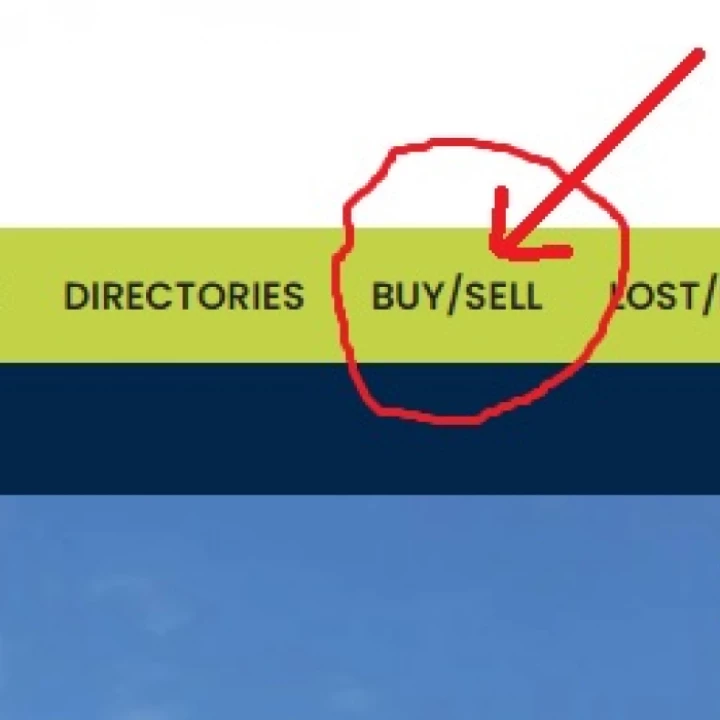
Ban the Bomb
The Aldermaston marches were anti-nuclear weapons demonstrations in the 1950s and 1960s, taking place on Easter weekend between the Atomic Weapons Research Establishment at Aldermaston in Berkshire, England, and London, over a distance of fifty-two miles, or roughly 83 km. At their height in the early 1960s they attracted tens of thousands of people and were the highlight of the Campaign for Nuclear Disarmament (CND) calendar.
The first major Aldermaston march at Easter started on 4th April, 1958. It was organised by the Direct Action Committee Against Nuclear War (DAC) and supported by the recently formed CND. Several thousand people marched for four days from Trafalgar Square, London, to the Atomic Weapons Establishment to demonstrate their opposition to nuclear weapons.
From 1959 an annual Easter march from Aldermaston to London was organised by CND. By reversing the direction from the march they distinguished their campaign, directed at the seat of power, from the DAC's direct action campaign, directed at local nuclear bases.
On the 1963 Aldermaston march, a group calling itself Spies for Peace distributed leaflets as the march passed a secret government establishment, RSG 6. A large group, led by Peter Cadogan (an activist in the direct-action Committee of 100), left the march, against the wishes of the CND leadership, to demonstrate at RSG 6. Later, after the march reached London and an estimated 100,000 filled Trafalgar Square, there were disorderly demonstrations in which anarchists were prominent.
At Easter 1964 there was only a one-day march in London, partly because of the events of 1963 and partly because the logistics of the march, which, grown beyond all expectation, had exhausted the organisers. In 1965 there was a two-day march from High Wycombe. In 1972 and 2004 there were revivals of the Aldermaston march in the original direction, although by 1972, only about 700 marchers took part.
This article is from our news archive. As a result pictures or videos originally associated with it may have been removed and some of the content may no longer be accurate or relevant.
Get In Touch
AudlemOnline is powered by our active community.
Please send us your news and views using the button below:
Email: editor@audlem.org

